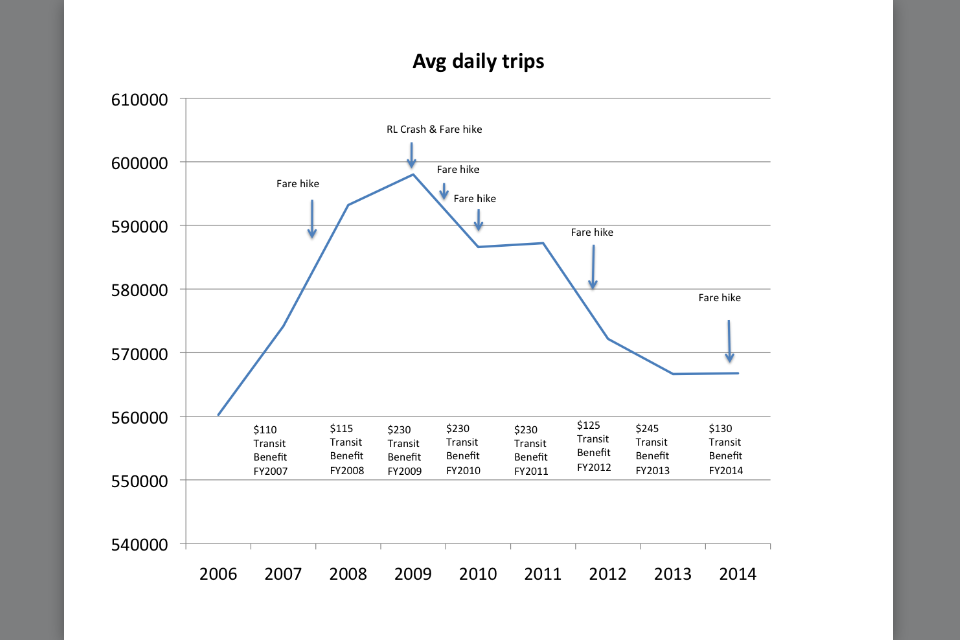In a surprise move, Gov. Larry Hogan announced that he is ready to move full-speed ahead on the light-rail Purple Line that will travel from Bethesda to New Carrollton in suburban Washington. The Baltimore Sun reported:
“Working closely with Transportation Secretary Pete Rahn, we have discovered the means to reduce costs substantially,” said Gov. Hogan at an early morning press conference. “If we eliminate frills, I am now confident that it can be built in a cost-effective manner that will bring business to Maryland.”
Hogan explained that a major barrier has always been the price of the light-rail cars, which are expensive and have to be imported from Ostrava in the Czech Republic:
We have cut unnecessary extras. Seats provide no benefit to the taxpayer, so they have been eliminated from the redesigned trains. Indeed, we have now also done away with walls and the ceiling to go with a sleek, modern flatbed design.
Purple Line Project Manager Mike Madden applauded the move:
I appreciate the governor’s support and leadership on the project. Eliminating not just doors but walls will make it easier to board and to exit the train, thus reducing time spent at stations and increasing speed, resulting in an estimated increase in ridership of 31.7%.
When asked for the documentation on the increased ridership, Madden described the information as “proprietary” but also reassured the public on their accuracy: “They were calculated by the same high-quality experts who designed the Silver Spring Transit Center that will open later this year.”
Hogan’s decision to simplify cars was hailed by former Action Committee for Transit President Ben Ross:
This new design is in touch with the simplified lifestyle preferred by Millennials. Let’s face it: seats are emblematic of the bourgeois Lexus lifestyle. I’m glad that Maryland and Montgomery County have said “yes” to our smart growth future by embracing open plan light-rail.
Similarly, Montgomery Council President George Leventhal congratulated Hogan on WAMU for “finally following his lead” and said “The open plan is an excellent forward-thinking idea. I think of it as a moving Capital Crescent Trail. It will be a first-class system.”
Not all of Leventhal’s colleagues were so sanguine. Council Vice Chair Nancy Floreen said to the Washington Post:
Heck, I never thought the Governor would invest so much money in areas that will never vote for him. Now, I’ll have to come up with all the money that Montgomery County promised when I’m Council President next year. I don’t see why I shouldn’t just run for Congress instead.
But Robert Thomson, better known as Dr. Gridlock, reassured the public in an online Post discussion: “I have every confidence that the Purple Line will light a fire under small business in Langley Park just as the DC Streetcar has sparked long quiet H Street.”
Former Carroll County Commissioner Republican Robin Frazier denounced the move. Appearing at a “Help Save Maryland” rally, she said that it would only help “homosexuals and illegal aliens get around so that they can use bathrooms in more places.”

